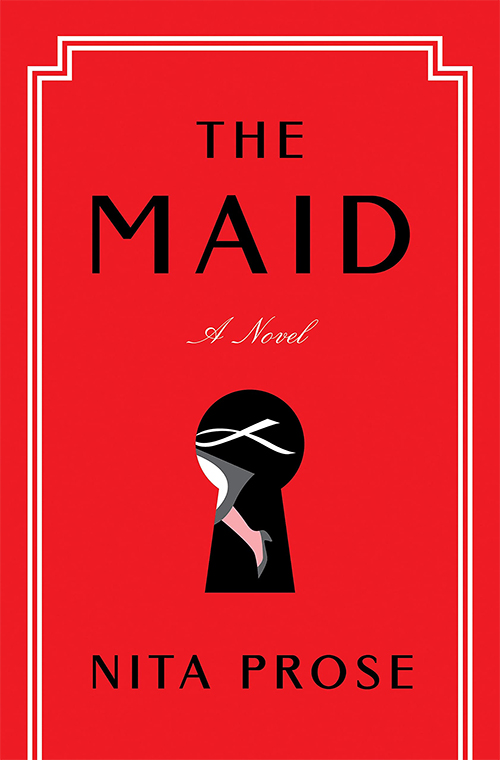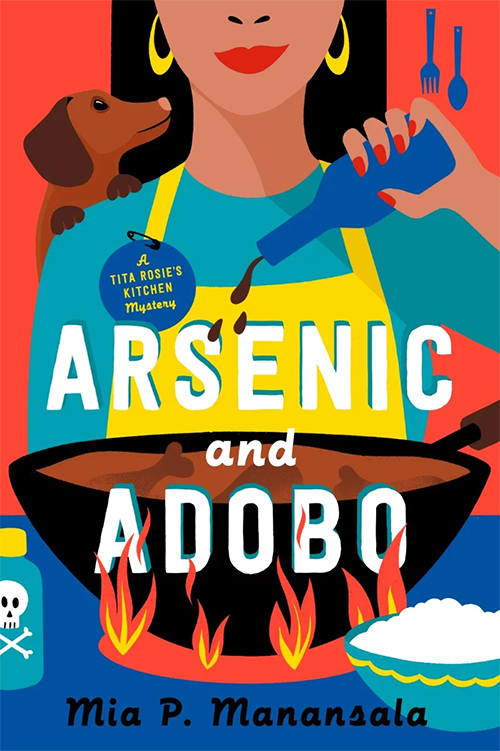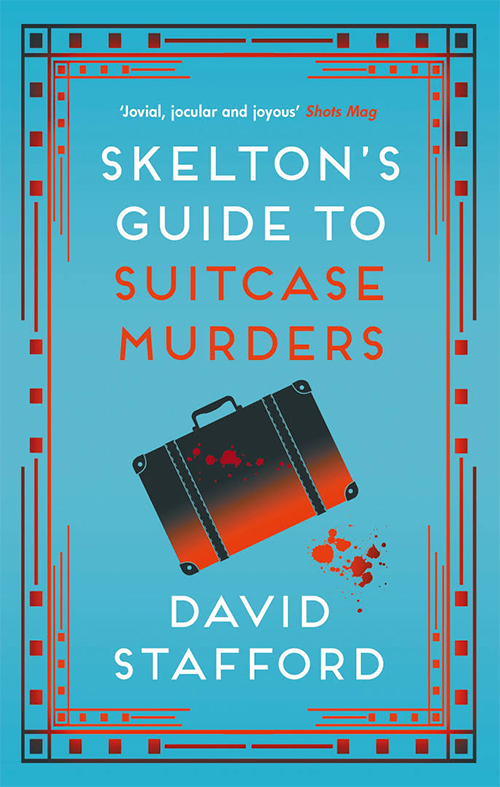The Maid by Nita Prose is a cozy mystery told from the perspective of Molly Gray, a hotel maid whose steady, routine life is turned upside-down after she discovers a dead guest in one of the rooms she cleans. Molly, an autistic-coded character who struggles to read social cues, facial expressions, and anything that isn’t meant to be taken literally, quickly becomes the prime suspect for the murder after a series of misunderstandings. With help from a cast of eccentric characters and charming proverbs from her recently deceased grandmother, it’s up to Molly to clear her name and clean up the hotel before it’s too late.

Most guests avoid touching maids, especially our hands. They associate us with other people’s grime—never their own.
Nita Prose, The Maid
Prose’s writing style brings a refreshing levity to heavy themes, and that easily makes The Maid one of my favorite new reads this year in particular. Molly is lonely and grieving—two emotions many of us have surely experienced in varying levels over the past year—but her voice is so genuine, too. You want to root for her because she’s just trying her best to be a good person and find joy where she can (even if it’s in cleaning up messes!), just like the rest of us.
The Maid also features an impressive array of characters: half are blatantly devious, and they cast just enough suspicion on the rest of the quirky bunch to really challenge readers, no matter who they might suspect committed the murder. And because Molly takes everyone she meets at face value while readers are compelled to dig beneath the surface, every interaction she has is twice as tricky to decipher. All I’ll say is every one of my guesses ended up not even close to correct. But that’s okay. The guessing is part of the fun!
However…the murder mystery actually isn’t the best part of this novel. It’s Molly! She is a wonderfully nuanced character, and I absolutely adore her. Molly sees the world differently than most people, and while it affects her daily life, it doesn’t stop her from functioning and isn’t her only defining quality. She evokes concern but is never pitied. She’s sweet, thoughtful, compassionate, and absolutely hilarious; she makes mistakes, gets angry, and is held accountable for her actions. If you enjoyed Eleanor Oliphant is Completely Fine by Gail Honeyman, come get your food! You’re going to love this novel, too.
Everything will be okay in the end. If it’s not okay, it’s not the end.
Nita Prose, The Maid
Being seen is the most tender form of love, and by giving us a character like Molly who is so original and relatable, Prose calls out to those of us who might also feel invisible in certain aspects of our lives, who yearn to be seen. The Maid is a brilliant debut that reminds us it’s cool to be earnest, to take pride in a job well done, to love family and friends, and to live a good life—no matter how big or small. This is a must-read!
Thank you to NetGalley and Random House Publishing/Ballantine Books for sharing an advanced reader copy of this book in exchange for an honest review.


